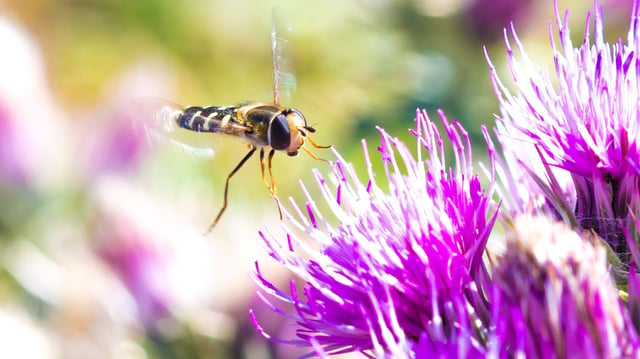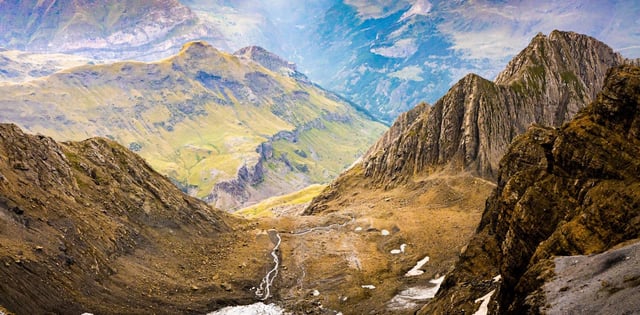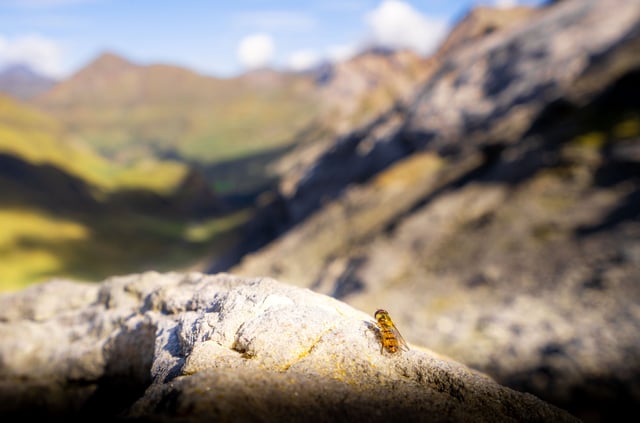Overview
- Scientists tracked 17 million insects migrating through a 30-meter-wide pass over four years.
- The insects include pollinators, pest controllers, and decomposers, crucial for ecosystem health.
- The migration supports genetic diversity in plants and provides food for birds.
- Climate change and habitat loss threaten these vital migratory patterns.
- Researchers emphasize the need to protect insect habitats to maintain ecological balance.



